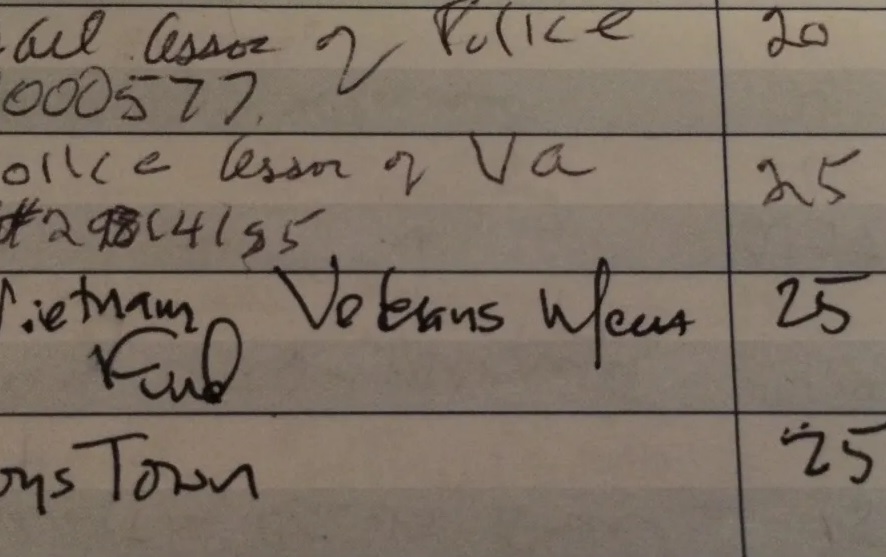[ad_1]
There were a few odd conversations with my Mom when things didn’t make sense. But the most alarming thing was when I realized my parents had changed their decades-long habit of giving every January. I started to notice that my mother was writing checks to charities that they had never previously supported.
I would read the letter and see “Thank you for your pledge” when I knew my parents would never have pledged to these organizations. However, their generation is known for being people of their word. They didn’t realize this was a marketing tactic and would write checks to fulfill the commitment they believed they must have made. Others showed up looking like a bill, so it got paid.

I had no idea how prevalent it was for older adults to get lured into giving to charities until I started to work with other older adults to pay their bills.
I knew it made my mom feel good to write those checks. However, what I didn’t know at the time was that that first donation turned my mom into a charity magnet and it resulted in a magnitude of mail NO ONE wants to manage.
Many good charities have turned over the solicitation to for-profit companies that get and sell your name. It turns out that is why giving to one charity can often create a cascade of new mail solicitations.
The best way to give to a charity is to contact them and donate directly. You can ask them to ONLY contact you once a year, but since every charity is different, the best way to give is to initiate your own donations. For many of our clients, we do this near the end of the year after we have seen how the cash flow went and discuss it with their tax preparer.
One of my first clients was giving away over $2,000 using her memorized credit card number. The same organizations were calling her several times a week and she was donating $10 each time … but didn’t remember she already donated to them. She was living alone and in the early stages of Cognitive Impairment. She would ALWAYS answer the phone and would rattle off her credit card number. When I asked her what her giving intentions were, it was way below the amount she was donating. The number of solicitations she got weekly filled a USPS mail tub. Her name was on the “do not mail” list and she moved twice before the volume of solicitations finally dwindled.
Never donate to charities that have called you. This is easy to say, but most of the clients we work with are compelled to answer the phone and oh boy, are those callers persuasive! Often, we end up putting a note by the telephone to remind them that “I never give to telephone solicitors. Take me off of your list.”
My experience resulted in me being interviewed on The Perfect ScamSM — a project of the AARP Fraud Watch Network, which equips consumers with the knowledge to recognize and avoid scams. Charity Watch offers additional tips and you can visit their website to check out the charities you like.
If you are showing up at your loved ones’ home and seeing piles of mail — I hope this gives you some ideas that help. Scammers Stink!
[ad_2]
Source_link

